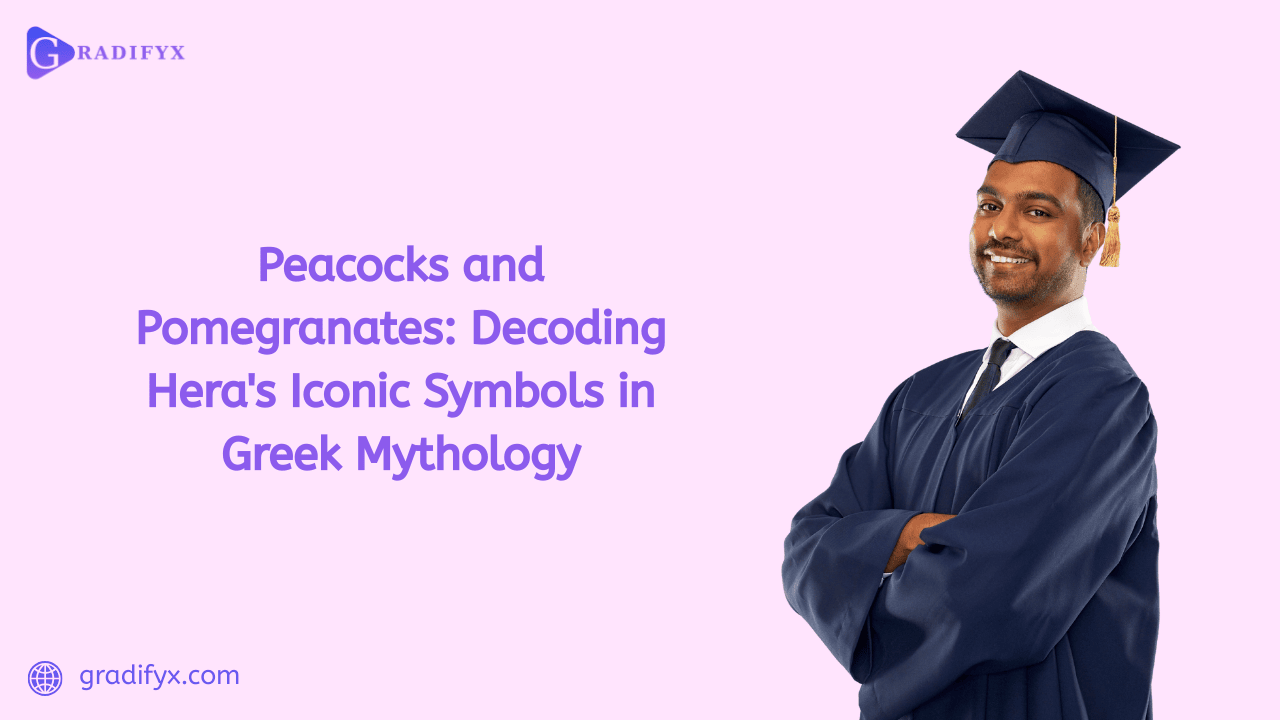
Home /
Peacocks and Pomegranates: Decoding Hera’s Iconic Symbols in Greek Mythology

Peacocks and Pomegranates: Decoding Hera’s Iconic Symbols in Greek Mythology
Peacocks and Pomegranates: This book explores the many meanings behind the symbolic objects beloved by Hera, also known as the queen of the gods in Greek myths.
Since she is Zeus’s wife, Hera is known for her strength, jealousy, and loyalty, making her symbols important in ancient Greek culture.
Through Peacocks and Pomegranates: Across these pages, readers see how Hera’s main symbols bring a new and detailed look at her part in Greek mythology and why they matter to art and myth today. The keyword, Peacocks and Pomegranates: Emphasizes that the analysis looks at Hera’s famous symbols as valuable tools to understand who Hera is as a goddess.
In Peacocks and Pomegranates: In Greek Mythology, Hera’s peacock represents divine observation, as her bird borrowed the hundred eyes from the slain Argus, noted in Theoi Greek Mythology.
In ancient art, Hera was sometimes shown holding a pomegranate, and it stands for fertility, marriage, the underworld, and represents how she looks after wedlock and relates to the myth of Persephone, depicting notions of life and death. Both the peacock and pomegranate found in temple decorations and art depict Hera as a powerful and caring goddess. Peacocks and Pomegranates: Decoding Hera’s Iconic Symbols in Greek Mythology
Engaging with Peacocks and Pomegranates: By studying Hera’s emblems, Decoding Hera’s Iconic Symbols in Greek Mythology shows that she is both a beautiful queen and a powerful punisher, teaching us about ancient Greek culture and reminding us of her continued importance. Peacocks and Pomegranates: Decoding Hera’s Iconic Symbols in Greek Mythology
Related Posts
Latest Blogs

Peacocks and Pomegranates: Decoding Hera’s Iconic Symbols in

Unraveling the Layers: An Analysis of ‘Mom’s Spaghetti’

Understanding the Depth in “Colors of the Wind”

Film Analysis: Delving into the Depths of the

Understanding the Dawes Act: Definition and Impact on

Catherine Roerva: A Complex Figure in the Narrative

The Story Behind the Face on the $50

The Significance of the Ending of Medea
Get Your Assignment Now!



0 Comments